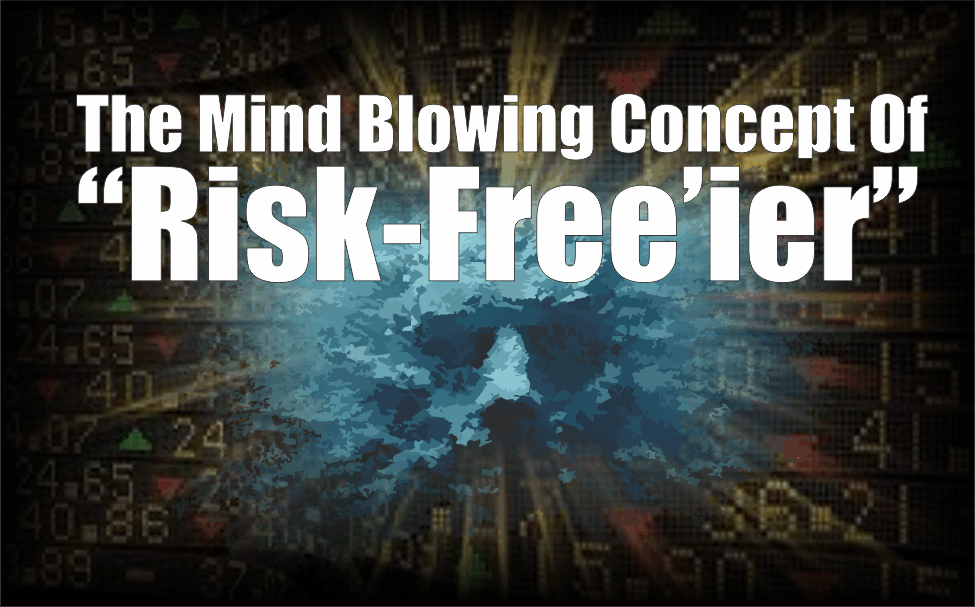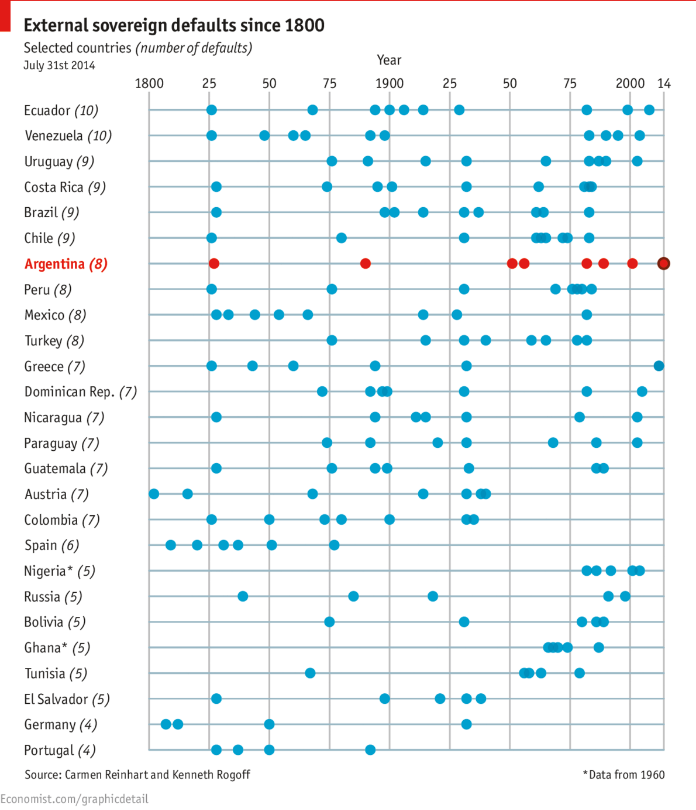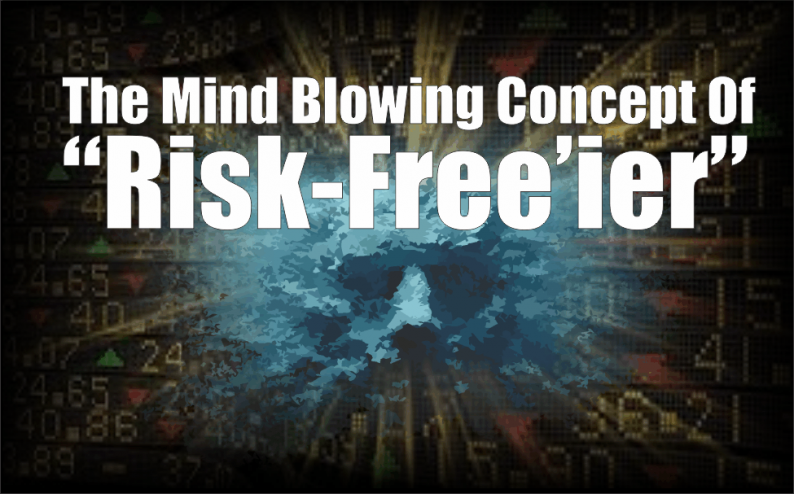

Facts are essential as they offer humans a sense of stability in a chaotic world. For instance, we find comfort in the “fact” that the life-sustaining sun will continue to shine for billions of years. If there were serious doubts about this fact, our lives would be very different today.
In this article, we debunk a “fact” that serves as the foundation for the pricing of all financial assets. It was not that long ago that people who thought the earth round were labeled delirious madmen. Today, questioning the “risk-free” status of U.S. Treasury securities (UST), as we do, will lead many financial professionals to decry our prudence as foolish irrationality. That said, we would rather assess the situation objectively than get caught “swimming naked when the tide goes out”.
Mesofacts
In a must-read article entitled, My Leitner-esque Moment, Kevin Muir of The Macro Tourist blog broaches the topic of sovereign debt risk and, in what must be a moment of temporary insanity, questions the so-called “risk-free” status of UST.
Sovereign debt risk exists and said bonds default from time to time. Despite history and facts, associating the word “risk” with UST is for some reason blasphemous amongst financial professionals. The yields of UST are treated by all investors, even those nay-sayers like Muir and ourselves, to be the risk-free rate. This argument does not refer to the risk of changing yields but more importantly to that of credit risk.
All financial and investment models and theories assume that UST have no credit risk which, by definition, implies zero chance of default. What in this world has no risk? If you can name something, congratulations, we cannot.
For background, consider that sovereign debt defaults have been commonplace among big and small countries. The graph below shows the frequency by country since 1800.

Graph Courtesy Carmen Reinhart and Kenneth Rogoff
Go back further in time, and almost all nations can be added to that list. The United States stands alone as an economic and military powerhouse that has never defaulted. (It is important to note that many people, ourselves included, believe the U.S. defaulted when it went off the gold standard.)
Despite America’s perfect credit record thus far, it would be false to assume that UST are “risk-free”. This type of fact, assumed by the masses, is what Samuel Arbesman, the author of The Half-Life of Facts, calls a mesofact. A mesofact, unlike the known effect of gravity, is not a fact of the natural order destined to last for eons. Nor will it have a very short existence, like the fact that the sun is currently shining on my garden. Essentially, a mesofact is one that has temporary permanence.













Leave A Comment